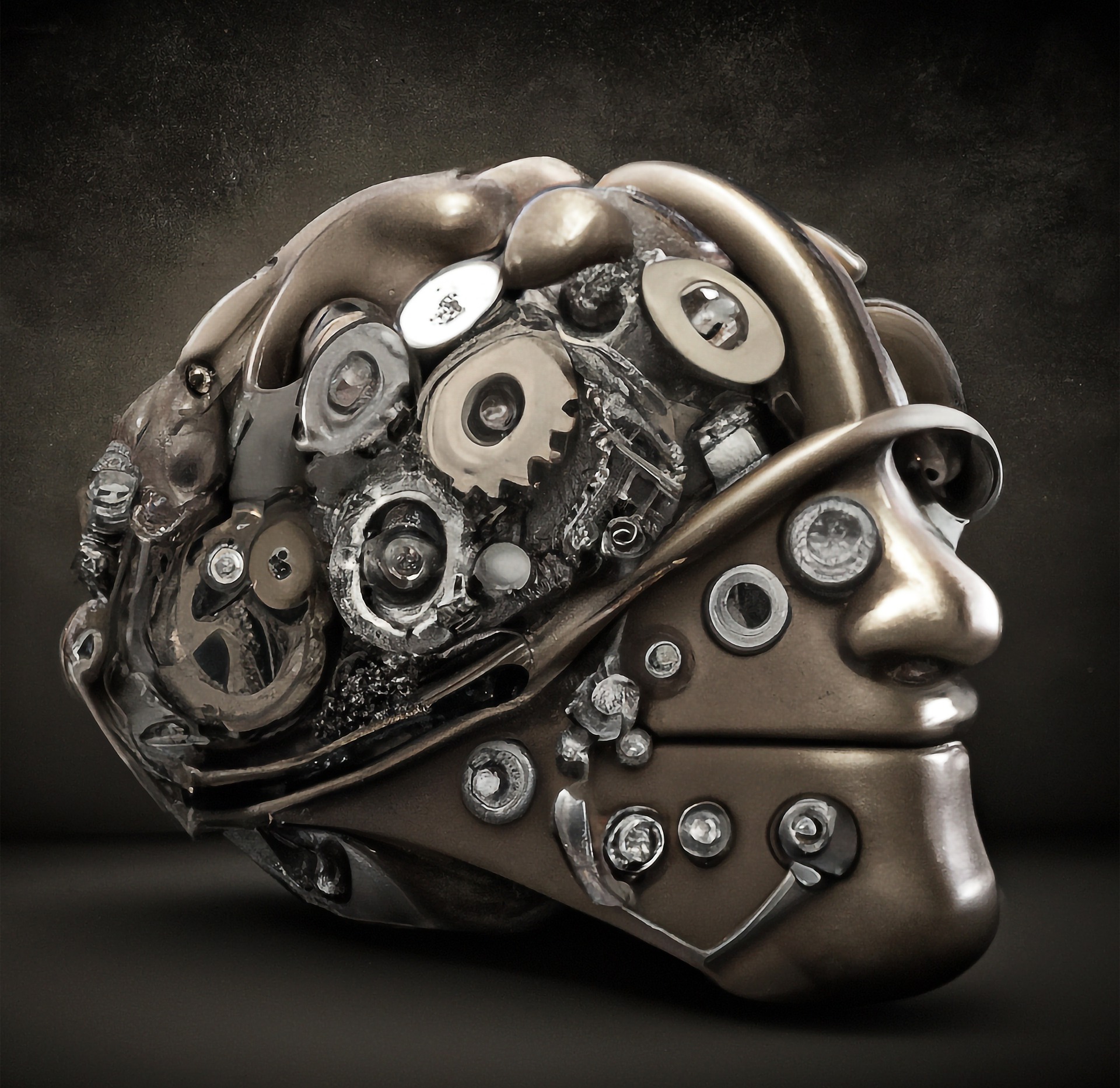
The brain is perhaps our most mysterious and complex organ. Its structure is unique, and its chemical composition is much different from our other organs.
One tool being refined in helping us understand the brain is growing tiny brains called organoids. Stem cells are coaxed into forming these pea-sized structures that then allow us to study it. There are major drawbacks to this approach. These lab-grown brain cells have a simplistic arrangement and don’t mirror a real brain with complex neural communication networks.
Researchers have come up with a workaround through using a three-D bio-printer. This way, they can select the types of brain cells and their arrangement, creating a distribution that’s a step closer to resembling a real brain.
The human brain needs different cells to interact and signal each other so that correct messages are shared across the brain and eventually with the rest of the body.
This study coaxed immature nerve and support cells into maturity and then held them in place with a gooey chemical called hydrogel. It provides a firm scaffolding that’s flexible enough for movement and normal cell function. Their study showed the 3D-printed brain tissues could signal normally. When they tested the printed tissue by inserting mutated brain cells that cause neurological disease, they showed abnormal connections between the printed cells.
Since this is what they’d find in real human brains, it further shows this 3D printing could one day allow scientists to peer into the brain’s inner workings.
More Information
3D printer creates brain tissue that acts like the real thing
Advance could improve studies of brain development and neurological diseases
UW–Madison researchers first to 3D-print functional human brain tissue
A team of University of Wisconsin–Madison scientists has developed the first 3D-printed brain tissue that can grow and function like typical brain tissue. It’s an achievement with important implications for scientists studying the brain and working on treatments for a broad range of neurological and neurodevelopmental disorders, such as Alzheimer’s and Parkinson’s diseases.